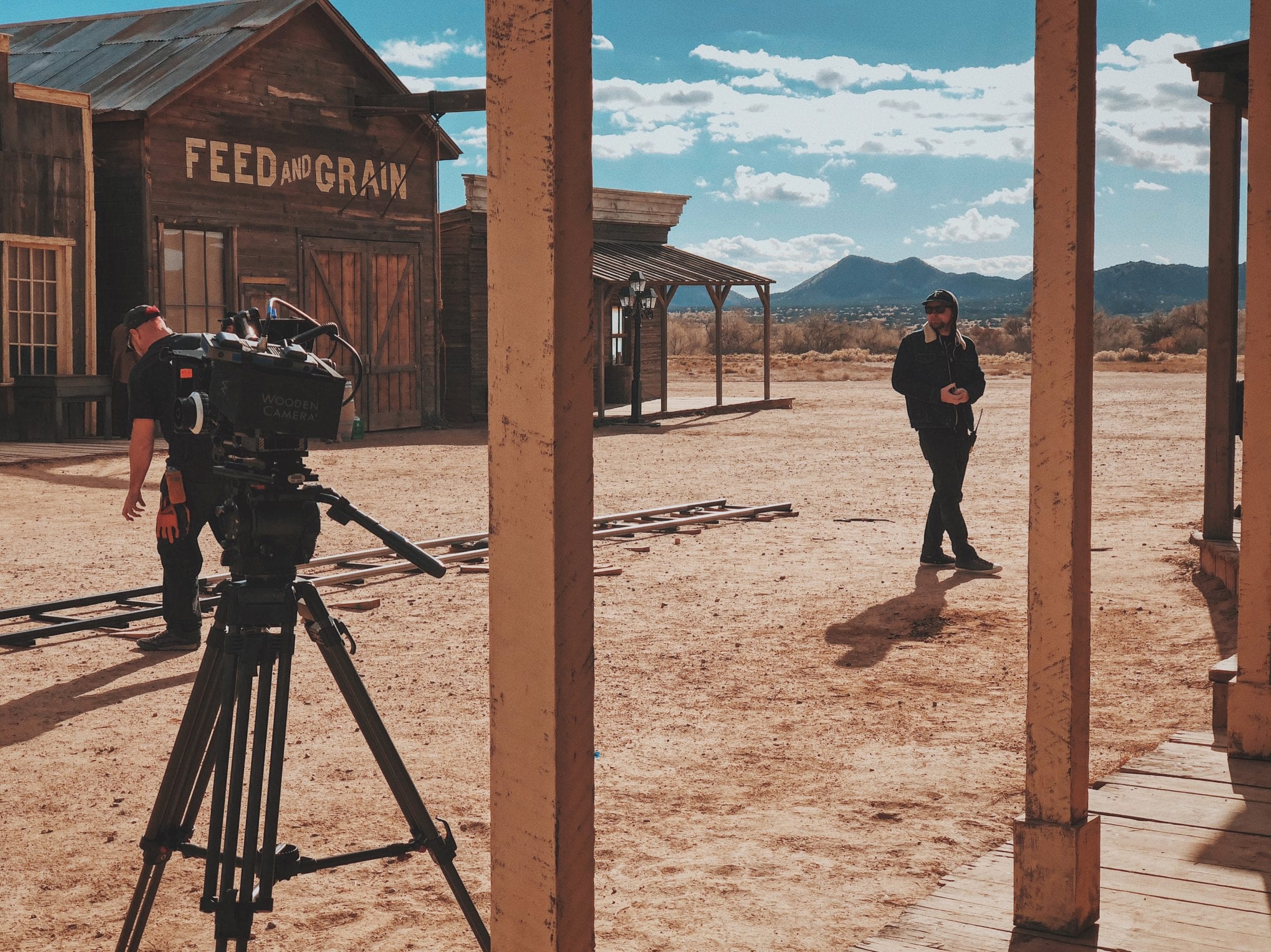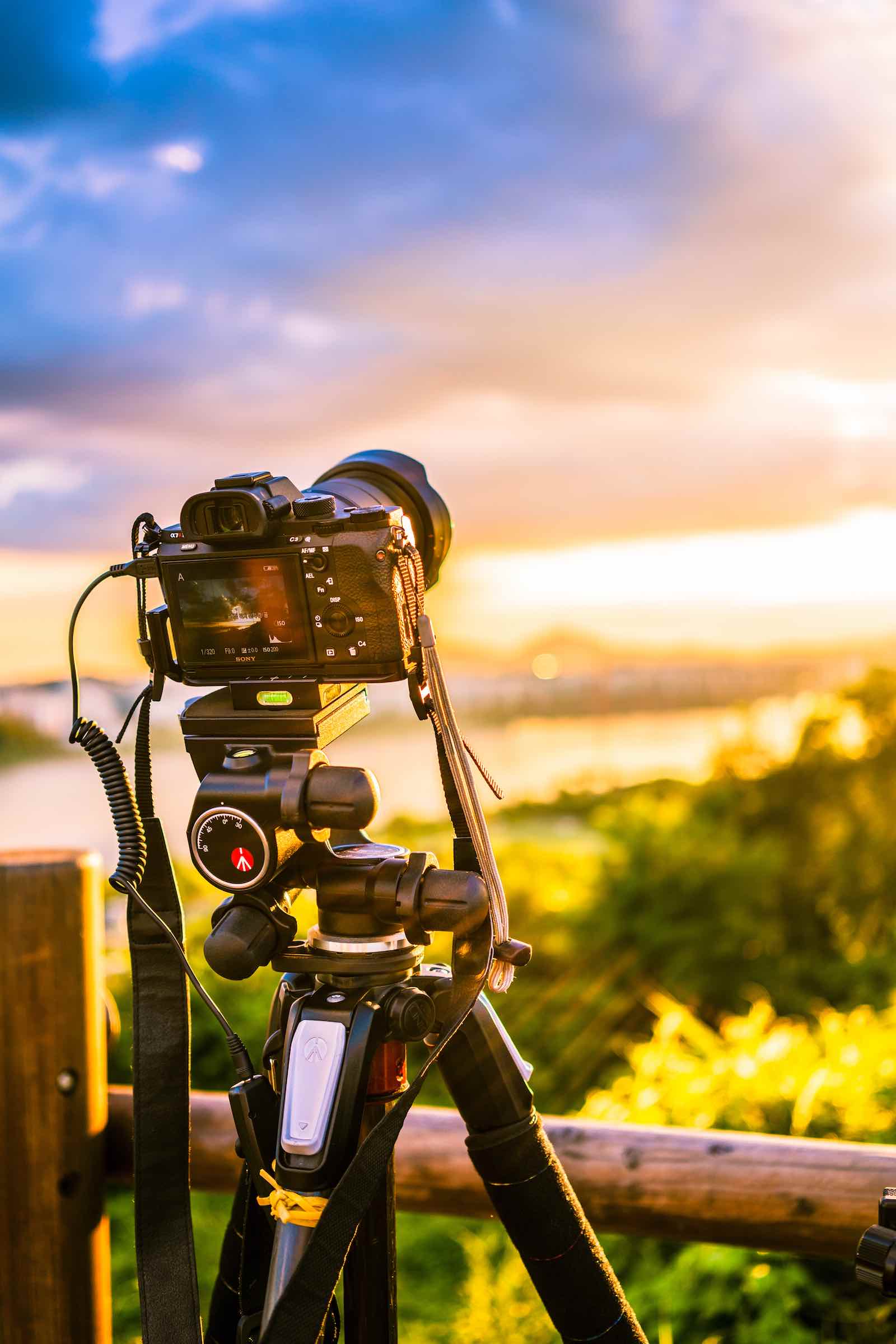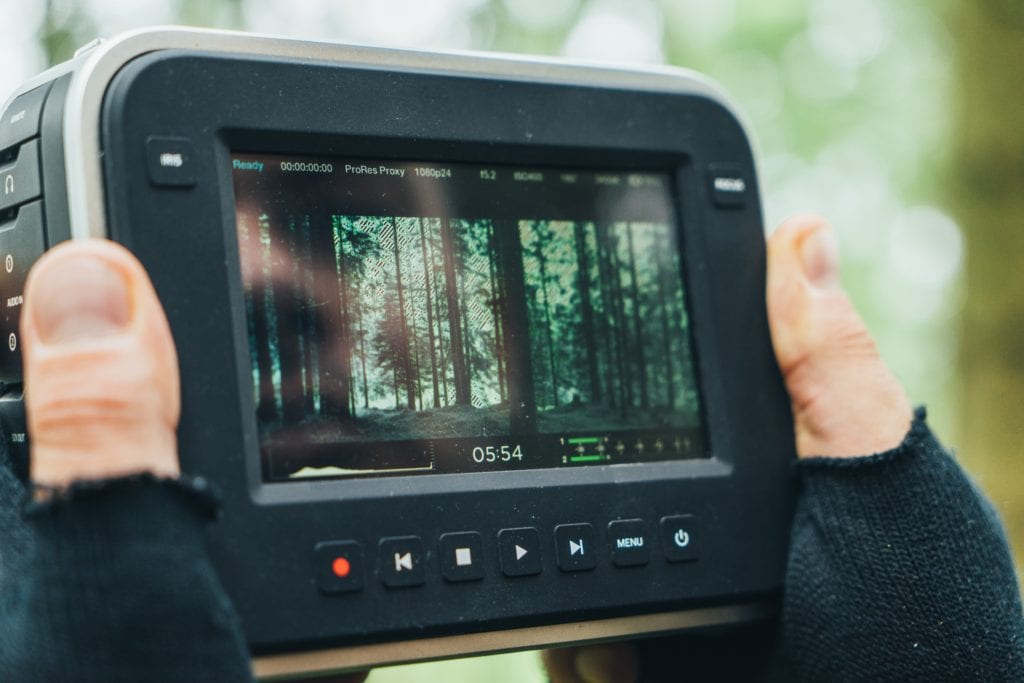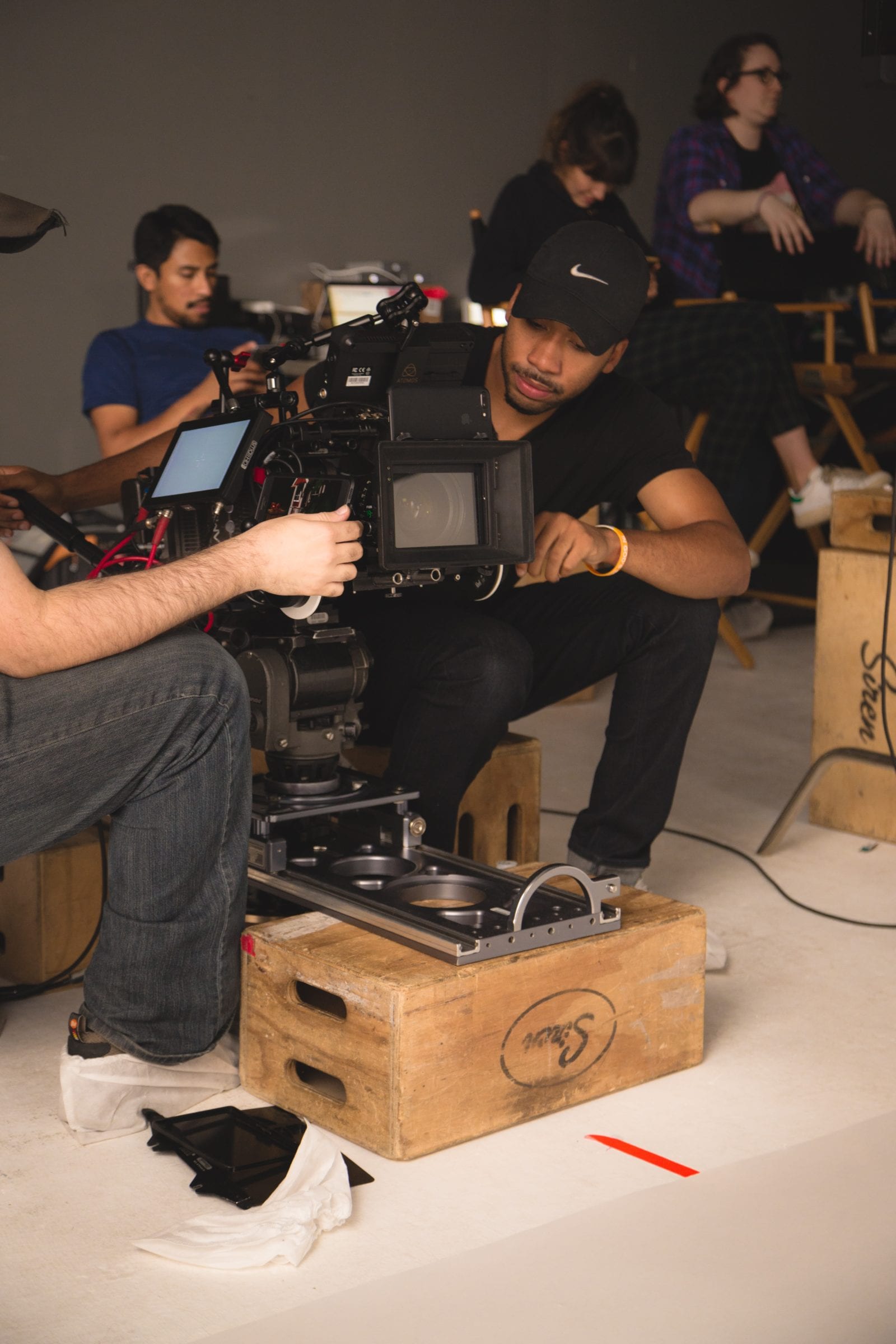
10 tips for beginner filmmakers to improve video production
The average user spends more time watching video content as compared to either reading text or viewing images. Video content is the most popular form of content to consume. Over 70% of online content in 2017 was video content and it is estimated that online videos will make up over 85% of online content in the next four years.
It’s no coincidence that YouTube ranks 2nd on the list of most visited websites. Video content is so popular because it is easy to consume. For instance, it is easier to watch a cooking tutorial as compared to simply reading about it. It is also one of the most powerful means of communicating a message to engage an audience.
Despite all these benefits promised by pushing video content, video production is not an easy task and can prove to be quite intimidating to the average person. Fortunately, a lot of filmmakers have gone through these stages and have learned from their mistakes. Here are a few tips beginner filmmakers should observe through the entire process of corporate video production if they want their work to stand out and appear professional.

Create a storyboard
The best work does not just happen. They’re well planned for. Before you get your camera operational, you should write up a storyboard and script. The storyboard will help you understand exactly what shots you need before you begin filming while the script serves as a screenplay for the video. The more prepared you are for your video, the less likely you’ll find yourself missing any footage.
Prepare your subjects
Make sure that all your subjects know what they are required to do before the shoot. They need to have an idea of what the final product is going to be so that they can all perform in a manner that is expected of them.
Also, make sure that you allow them the space to express their creative freedom. Don’t give them lengthy scripts and try to force it down their brains. Give them time to read and analyze the script so they can execute your idea accordingly as per their talents.

Know what B-roll footage you require
B-roll is any footage you get that is not of your primary subject. For example, if you are shooting an interview, b-roll footage might include shots of the subject walking in a park or meeting other people in a public space. B-Roll footage helps diversify shots to avoid generating a sense of monotony in your work.
Keep in mind that you want to have your audience watching and engaged to the video from start to finish. If you are unable to get certain shots that you think will improve the quality of your video, you can always use stock B-roll footage.
Composition
Regardless of whether you’re taking a picture or shooting a video, the subject composition is important. It is a very integral part of your final product and you should always factor it in while recording and try to use the Rule of Thirds.
Picture your shot as divided into 9 sections by two vertical lines and two horizontal lines. By positioning your subject at a particular angle, you will easily draw the focus of your audience towards the main point of interest in the shot. They will subconsciously spend a lot of time dwelling their attention towards the subject.

Lighting
Few things will spoil your video faster than a shot that is either underexposed or overexposed. Although it is possible to reduce the exposure and contrast while editing, it is better to get the shot right while shooting instead of relying on editing.
To get your lighting right, first you have
to make sure that natural light and artificial light are not clashing. Different lights have different temperatures and the variance in temperatures gives off different looks while video recording. Feel free to try out different lighting techniques without spotlighting your subject.

Shoot location
Before you begin filming, make sure that the scene at which you are shooting is ideal for visual and audio recording. Are there echos being picked up by your audio recording equipment?
Audio editing during post-production can get rid of such problems but can also prove to be a nightmare. Ensure that the aesthetics of the shoot location are aligned with the look you are trying to achieve and to properly show off your product. For instance, shooting a film with a story based in the 50s but in a modern setting might look out of touch, low budget, and unprofessional.
Record various takes of each scene
No one is perfect. Everyone makes mistakes and you should expect them while shooting. You do not want to find yourself in a situation where you only have one take of a scene and it was not executed as you would like it to be.
Try and capture multiple takes while recording. This will give you adequate room to be flexible with your post-production process in case you notice something did not go right with one of the takes you wanted to use. You can also edit a sequence in a scene using several shots of the same sequence instead of simply relying on one take.

Invest in good video editing software
Before beginning on your post-production, you need to have chosen good editing software to use and familiarize yourself with it. Adobe Premiere Pro is a go-to software for a lot of video editors out there. It is a robust program with a lot of features that you might find useful in producing videos of high quality.
The pricing plans are also remarkably reasonable for an individual license so startup filmmakers can also access the program. It is incredibly user-friendly and has a forum where users get to interact and share ideas and feedback about editing video.

Avoid unnecessary transitions & effects
Unless you’re making a sci-fi film from the 70s, avoid the use of zany effect transitions such as the radial wipe transition. The more your audience pays attention to your scene transitions, the more unprofessional your video looks.
Try and use simple crossfades to transition from one shot to another and allow your content to transition smoothly. This goes for your music as well. Not every scene in your film will require background music but for those that do, try and select the best choice of song that is relevant to the scene in narration. Make sure that the entry and exit points are seamless.
Call sheet
Regardless of if you are working with professional actors or not, one of the last things you should have ready with you is call sheet.
This document is very important as it has all the contact data of every member of the film crew as well as the cast. It seems like a simple document but you’ll find that it will be in use every day. It will surely help you organize your set better than you would without it.

Lights, Camera, Action
A lot of people who want to create video content experience struggles with production, especially if they do not understand the process as well. You’ll find that either they did not prepare accordingly during pre-production. The most important part of a video production workflow begins before the camera starts recording.
The planning phase of a project is where the real magic happens. Any mishaps conducted at this stage will prove detrimental to the success of your project. This means that things will not go as planned during the recording process.
Consequently, the output from the post-production process will prove undesirable. However, if you observe the pointers listed above, then you should be well on your way to making one of your best films yet.



